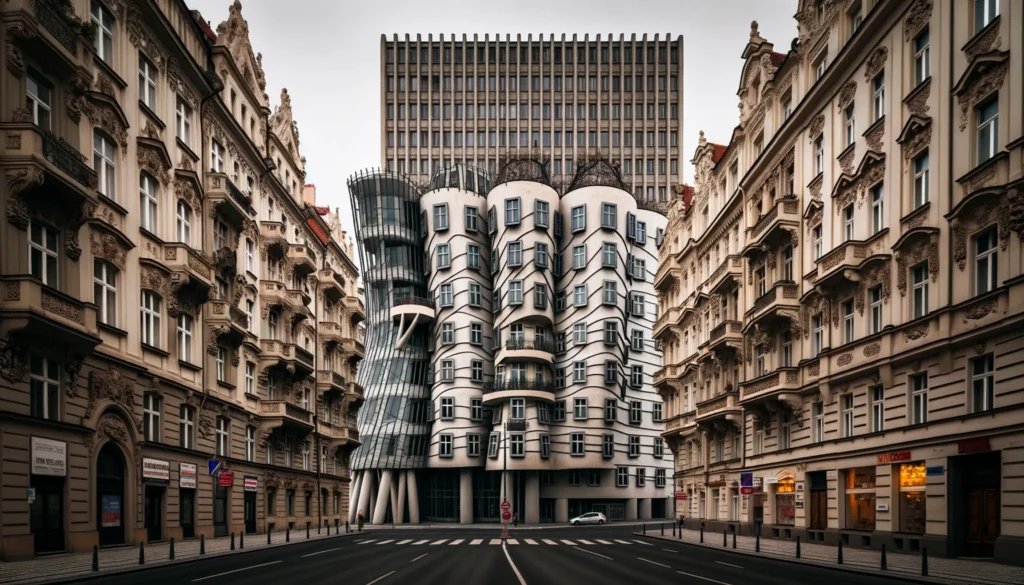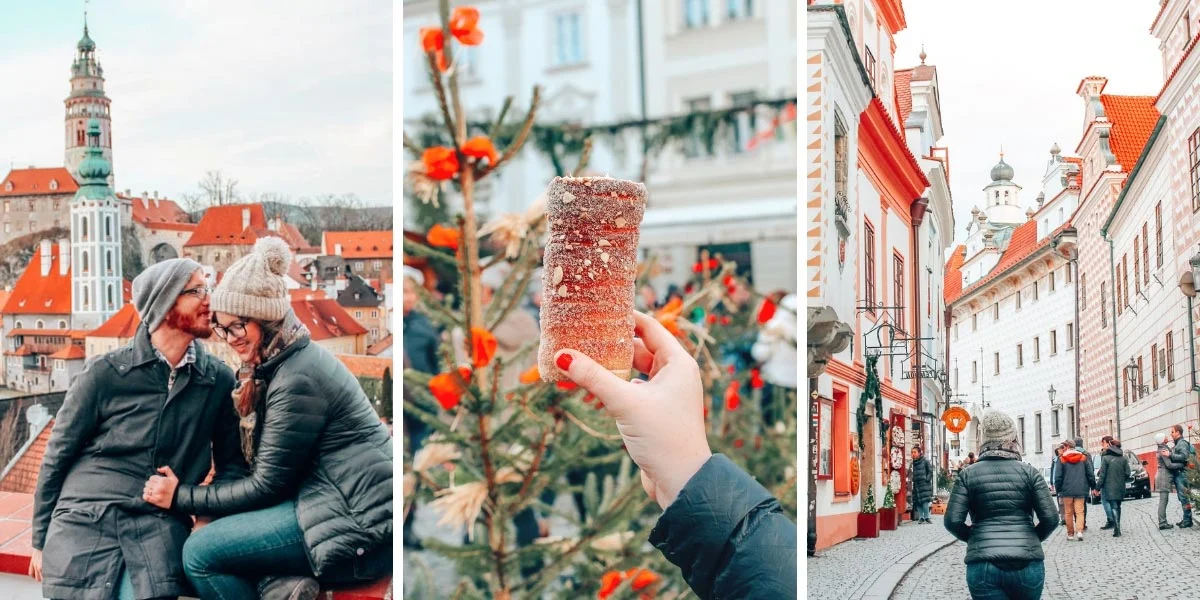The evolution of 20th century Czech architecture: unpacking history with uncompromising style
The architecture of any nation is a testament to its historical past, cultural evolution, and creative brilliance. Czechia, a gem nestled in the heart of Europe, offers a captivating journey of architectural transformation, marked by significant events and revolutionary thinkers. In the annals of the 20th century, Czech architecture underwent an unprecedented metamorphosis, blending modern art with traditional aesthetics. This article embarks on a comprehensive exploration, revealing the fascinating evolution of 20th-century Czech architecture. Through an architectural lens, we'll explore the nation’s journey--from traditional designs to innovative feats that continue to inspire the world.


A Glimpse into the Past: Czech Architecture Pre-20th Century
Before diving into the 20th century, it's crucial to glance at the roots from which Czech architecture stemmed. The Romanticism of the 19th century, brimming with references to Gothic and Baroque styles, laid a profound foundation for future developments. This period embodied a nationalistic backbone, evident in iconic structures like the National Theatre of Prague.Transition into a New Era: Art Nouveau (1890 – 1910)
Art Nouveau emerged as a counter-movement to the historical styles of the 19th century, emphasizing natural forms and intricate detailing.- Key Characteristics:
- Organic motifs
- Curvature and fluidity in design
- Use of modern materials like iron and glass
- Key Architectural Example:
- Hotel Central, Prague: Majestic and vibrant, epitomizing Art Nouveau elegance.
Modern Architecture's Dawn: Cubism and Functionalism (1910-1930)
Cubism, paradoxically better known for painting, found a home in Czech architecture. It's the only nation where architecture embraced Cubist principles, creating geometrical marvels that broke the traditional architectural mold.- Defining Features:
- Angular structures and surfaces
- Innovative form and abstraction
- Landmark Creation:
- The House of the Black Madonna: An iconic blend of modernity and cubistic interpretation.
- Functionalism Insight:
- Emphasis on industrial efficiency
- Reduction of ornamentation
- Signature Building:
- Villa Tugendhat: A UNESCO World Heritage Site symbolizing purity and simplicity.
Post-war Influences: The Communist Era and Socialist Realism (1945-1989)
The post-war communist era saw the introduction of Socialist Realism, a style heavily influenced by Soviet patterns. Architecture steered towards grandiosity and symbolism of collective achievements.- Style Elements:
- Monumental facades
- Simplified classical elements
- Famous Example:
- Kotva Department Store: An embodiment of socialist architecture's grandeur.
The Velvet Revolution and Democratic Architecture (1989-Present)
The Velvet Revolution in 1989 heralded a democratic era, breaking free from communist rigidity and spurring a newfound architectural latitude. Contemporary Czech architecture now blends avant-garde designs with sustainable practices, elevating urban landscapes. Noteworthy Architectural Trends:- High-Tech and Sustainable Design:
- Integration of technology in smart buildings
- Eco-friendly construction processes
- Pioneering Structures:
- The Dancing House: Balancing whimsicality with a futuristic flair.
Enduring Fascination: Frequently Asked Questions
- What makes Czech architecture unique compared to other European styles?
- Its ability to adapt and innovate within extended cultural and political histories, offering unique styles like Cubism, rare elsewhere.
- How influenced are modern Czech architects by historical styles?
- Modern architects draw profoundly from historical aesthetics, integrating them into contemporary narratives.
- Who were pivotal figures in Czech architectural evolution?
- Architects like Josef Gočár, Jan Kotěra, and renowned studios like MVRDV played a transformative role.
Conclusion: Reflections of Heritage and Innovation
The 20th-century evolution of Czech architecture is a tale of resilience, innovation, and artistic expression. It stands as an architectural pilgrimage traversing cultural epochs and transformative ideologies. Today, as modern architects continue this journey, they remain guardians of a legacy while paving paths for new paradigms. As Czechia continues to evolve, its architectural narrative remains both a historical echo and an ever-evolving melody.Closing Thoughts
By understanding Czech architecture's rich history and contemporary dynamics, we celebrate more than buildings—we celebrate lifetimes of passion, dedication, and a relentless pursuit of beauty. As Czech architecture tells tales of its past, it also whispers promises of an inspiring future.Rate the article















